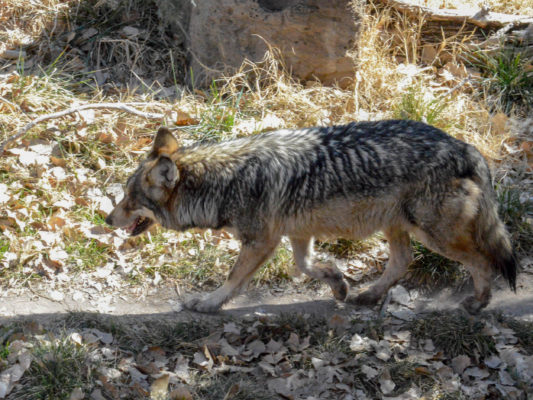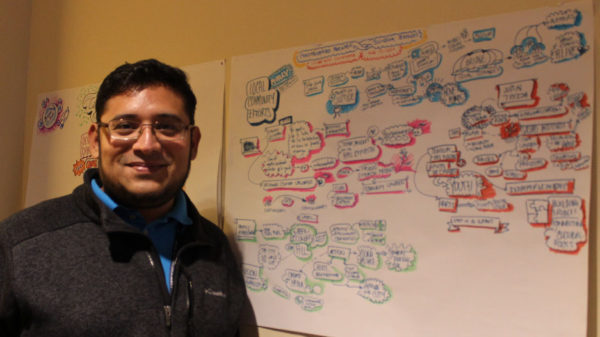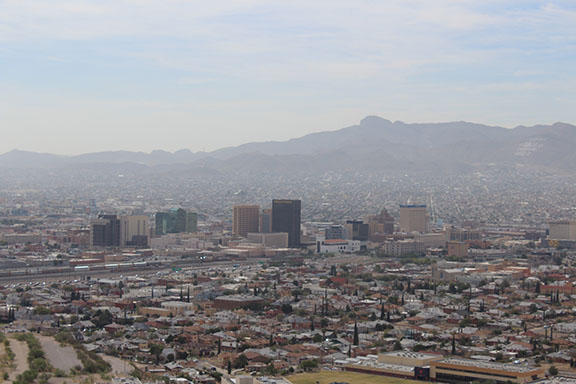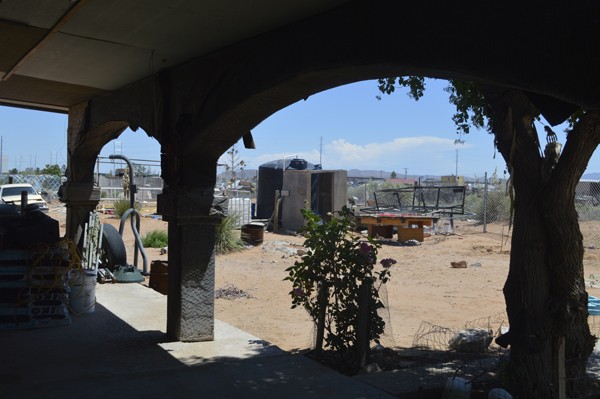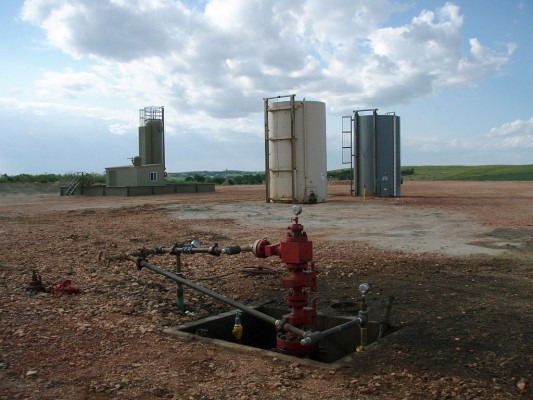Adapting cities to a hotter world: 3 essential reads
|
By Jennifer Weeks, The Conversation
Heat waves can be deadly, especially when they combine high temperatures with elevated humidity levels that make the air feel even hotter. The impacts can be especially strong in cities, which often are several degrees warmer than nearby rural areas due to the urban heat island effect. These three articles from The Conversation’s archives describe steps that communities can take to adapt as climate change makes heat waves more frequent and intense. 1. Offer many cooling options
Emergency cooling centers are one way to mitigate the effects of heat waves, but cities need to do more.





